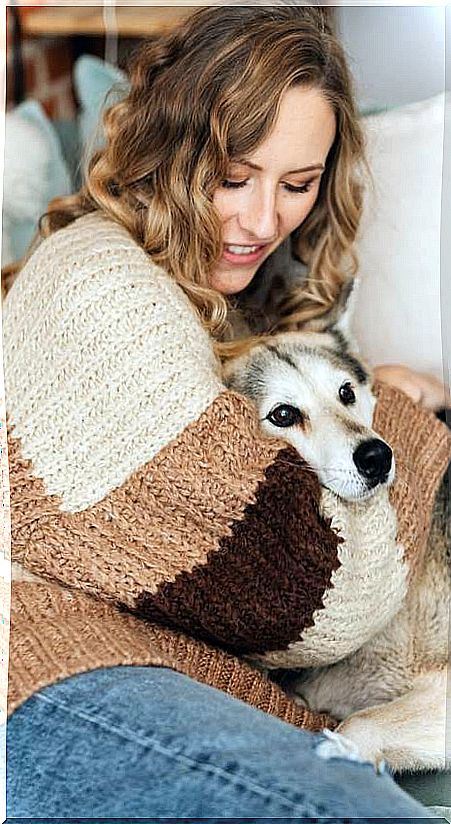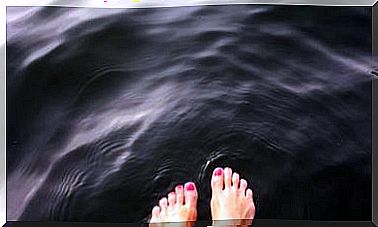7 Tips To Heat Your House Without Resorting To Heating
To save and reduce the consumption of energy resources and CO2 emissions, it is advisable to take measures to increase the temperature of the house without having to turn on the heating .

Turning on the heat represents an increase in the bill and in the energy consumption, which always leads to greenhouse gas emissions.
In addition, heating tends to dry out the air, which is not good for our skin, eyes and respiratory system. That is why it is best to warm up in other ways and leave the heating for the really cold days.
Tips for heating your home without heating
1. Bundle up
The most important thing is to dress appropriately. In the dead of winter, the floor does not have to be so warm that you can walk in shorts, tank top, and no socks.
Put on a sweater and thick socks. Not only will you save energy but you will feel very welcome. You can also use blankets to cover yourself on the couch.
Remember that an interior temperature of 19 to 21 ºC is fine, no more is needed. At night the temperature can drop to 16ºC. In fact, the cooler the temperature, your body will kick-start your metabolism to maintain internal heat, which means burning a few calories, which is not usually a bad thing.
On the other hand, we are not interested in the fact that the difference between indoor and outdoor temperatures is exaggerated, because the changes cause drops in immune defenses.
2. Heating does not help without good insulation
Your flat or house must be well insulated, otherwise, you are literally heating from the window out. You can increase the insulation of the floor with carpets and that of the walls with cork or wood panels. Thick curtains in front of the windows also help.
To prevent heat from escaping through poorly fitted windows, seal the frames with rubber weatherstripping. If the weatherstripping is not enough, you can resort to duct tape. You can use a candle to find out where the cold air is coming in. Duct tape is also useful for sealing gaps where cold enters such as blind strap boxes. There are also the “door bottoms” that prevent heat from escaping through there, especially through the front door of the house.
3. Close the door behind you
Keeping every space in the house closed helps the heat not dissipate. The rooms are oriented to the south are heated more easily thanks to the incidence of the sun. Take advantage of it during the day, letting the sun’s rays penetrate as much as possible: open blinds and curtains. If you close the door, this precious heat will not dissipate throughout the rest of the house. At night, lower shades and close curtains so the heat doesn’t go away.
4. Home fire, but safe and efficient
Wood fires are only admissible if you get sustainable wood and it is not an open installation, but equipped with a cassette, which is much more efficient.
You can also install a wood stove or, better yet, a pellet stove. These heating systems need smoke venting and periodic maintenance.
5. The heater is only an emergency solution
The advantage of an electric heater is obvious: the heat is readily available wherever there are sockets and heats only the space you need. The big disadvantage is that a fan heater consumes a huge amount of electricity when it is in operation. It is only suitable for a small space and a short time.
6. Take advantage of the heat of the oven
If you have cooked with the oven, when you have finished remember to open it so that the heat comes out and heats the kitchen and as far as it goes.
7. Exercise at home
The outdoors always feels good, but exercising at home helps you warm up. Also keep in mind that your body is a permanent 37 ºC radiator that helps to heat the house.








